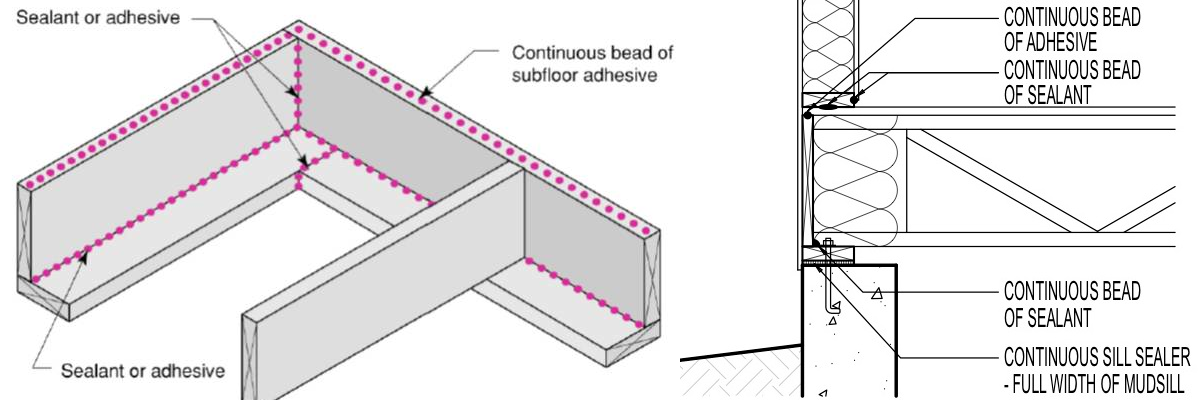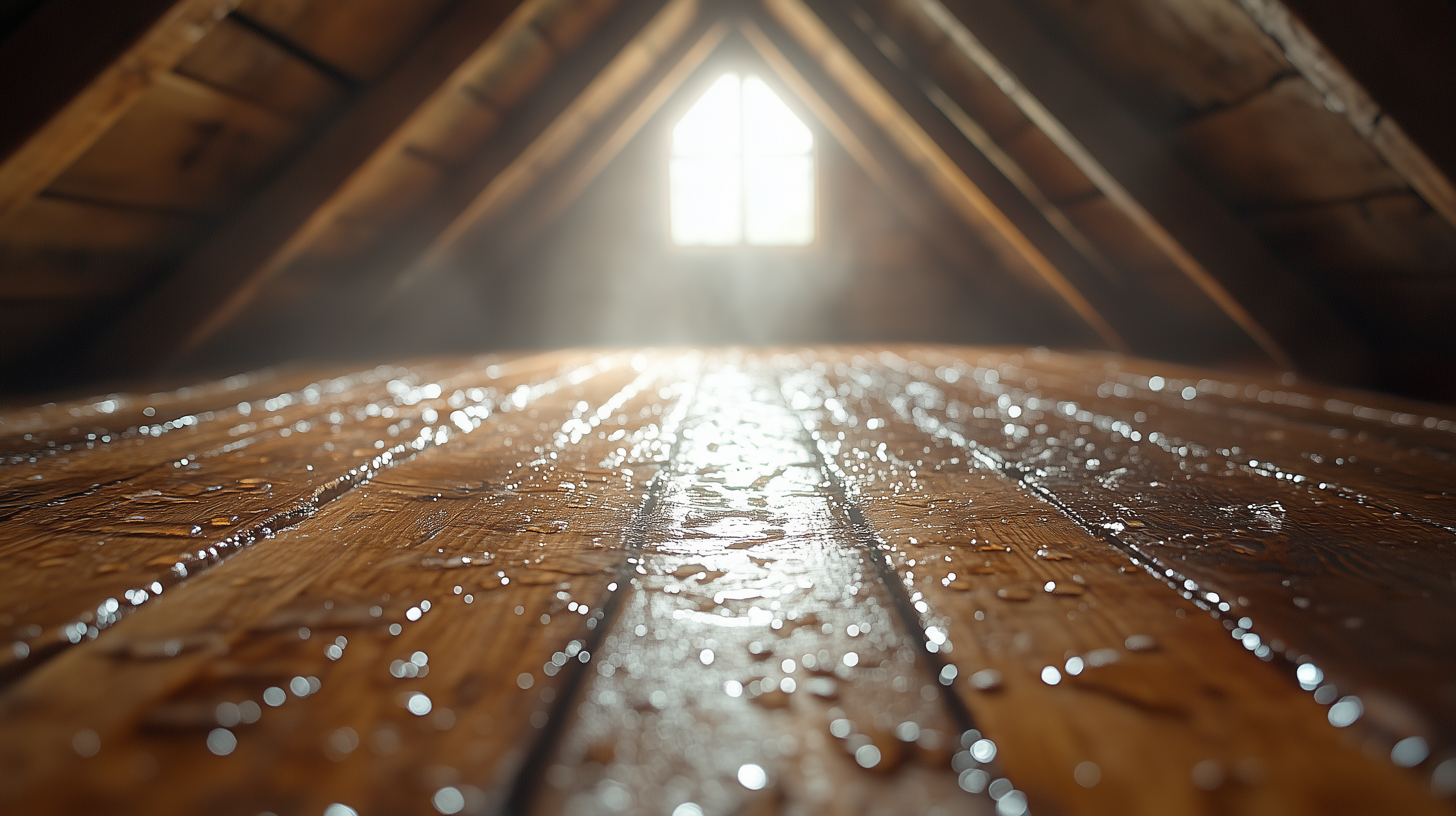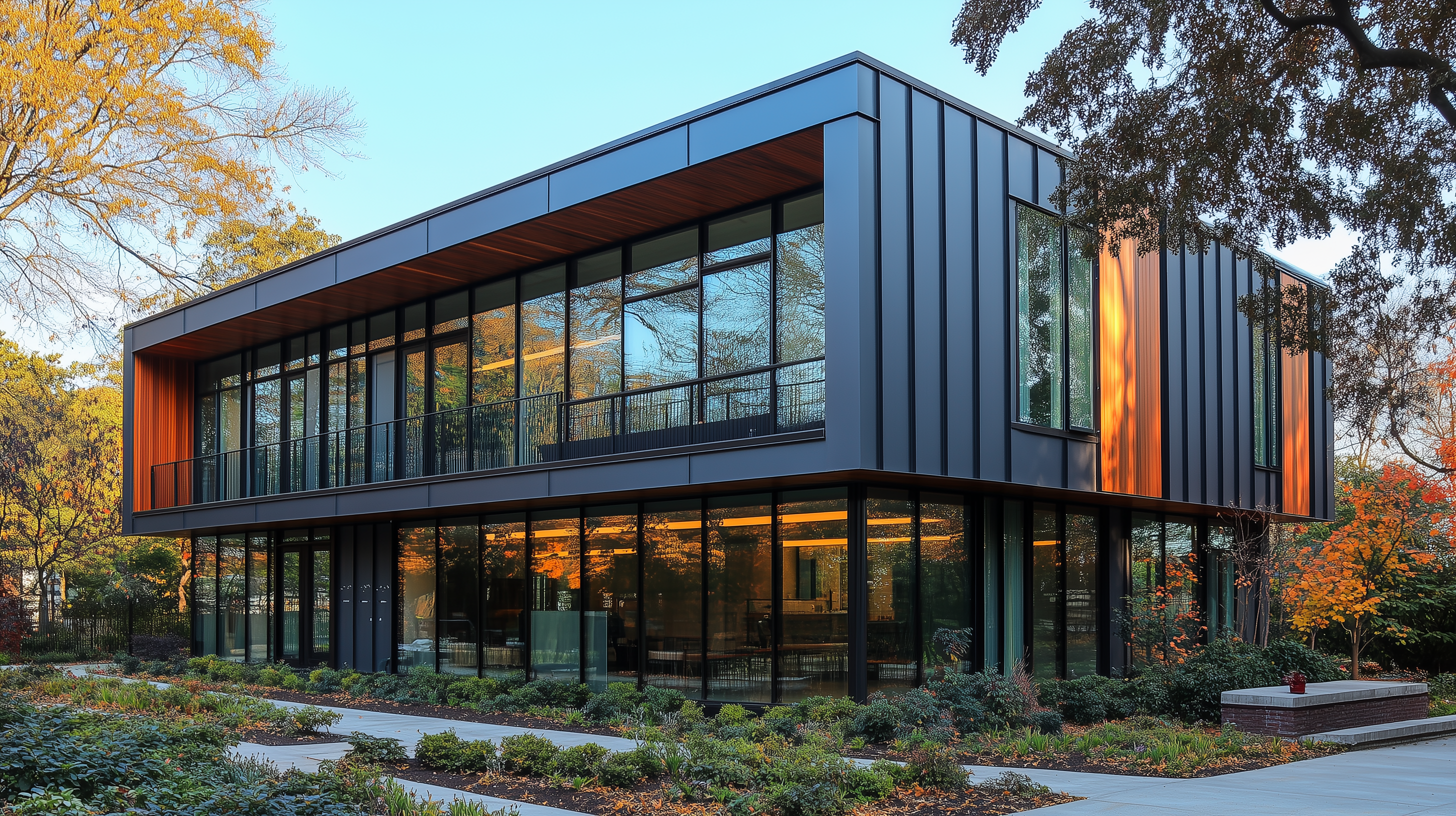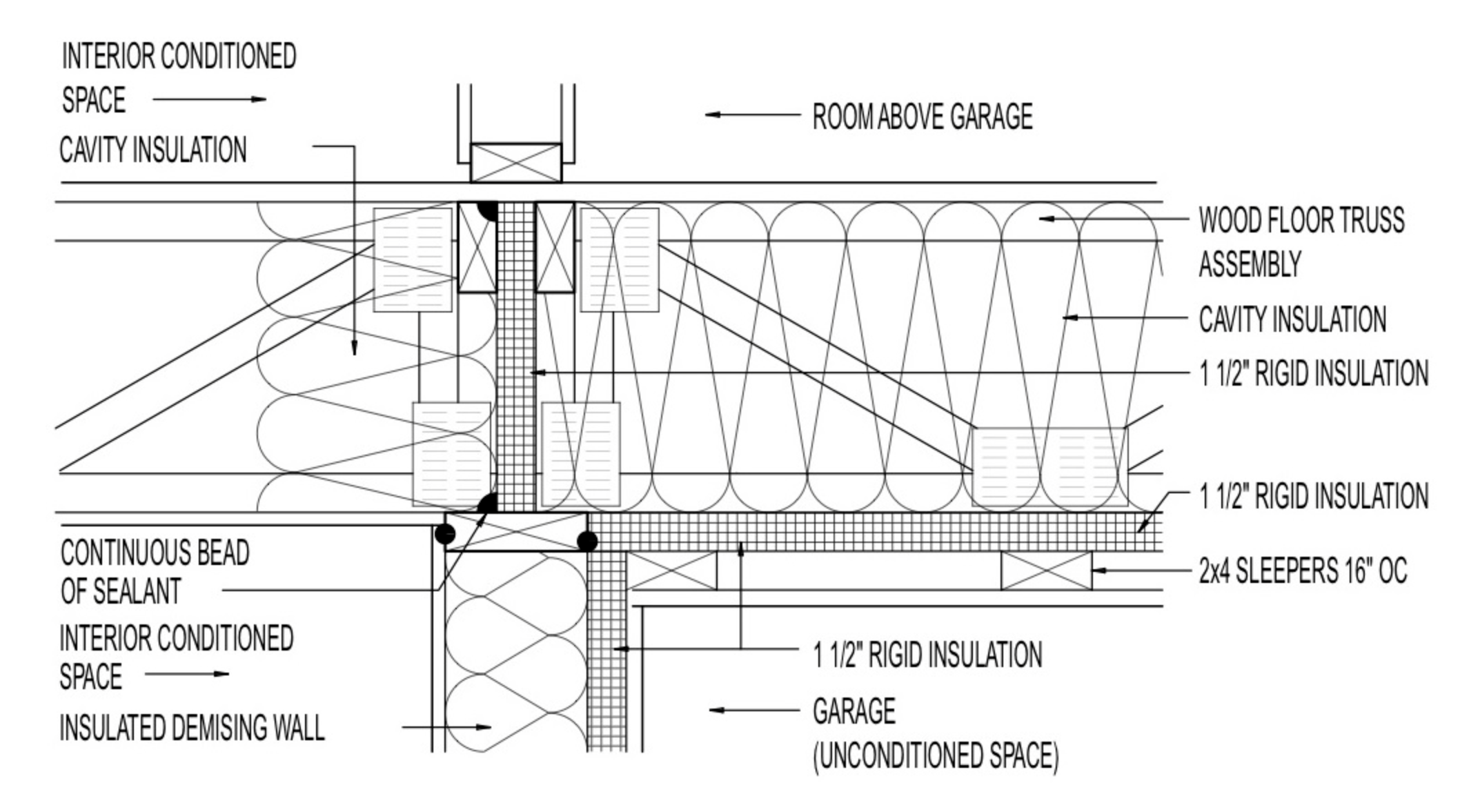At Allied Emergency Services, INC, we understand the importance of a well-constructed and maintained home. One of the crucial elements that often goes unnoticed in home construction and repair is the sill plate. Properly sealing the sill plate can greatly enhance the efficiency and comfort of your home, reducing energy bills and preventing unwanted drafts.
What is a Sill Plate?
Located where the wall meets the foundation, the sill plate, or mud sill, is a horizontal board placed directly on top of the foundation wall. Typically made from pressure-treated lumber, it supports various essential elements of your home, including the band joist, floor joists, and base plate. Attached to the foundation wall using anchor bolts embedded in concrete, the sill plate is susceptible to air leakage due to the stack effect and potential irregularities in the concrete surface.
Why is Air Sealing Important?
Air leakage, especially at the sill plate, can result in significant energy losses. This is due to the stack effect, which naturally pulls air into the lower parts of a building. By air sealing the sill plate, homeowners can prevent drafts, enhance energy efficiency, and improve overall comfort.
How to Properly Air Seal the Sill Plate:
- Preparation: Lay the sill plate boards along the foundation perimeter. Mark the locations of anchor bolts and ensure they fit correctly.
- Termite Protection: Consider installing a termite shield for added protection against pests.
- Use a Sill Sealer: Roll out a sill sealer along the foundation perimeter. This foam product conforms to irregularities in the concrete surface, ensuring a tight seal.
- Sealing: Once the sill board is in place, caulk the seams between the sill plate and the rim joist. Consider using spray foam for added insulation and air sealing.
- Regular Inspection: Before drywall installation, ensure that the foam gasket is in place and that the sill plate is adequately sealed.
Climate and Pests Considerations:
- Air sealing can prevent the entry of pests like insects and rodents.
- In areas where termites are prevalent, additional precautions like corrosion-resistant termite shields are recommended.
Legal Compliance:
Air sealing is not only beneficial for homeowners but also a requirement under various building codes and standards. For instance:
- ENERGY STAR mandates that sill plates adjacent to conditioned spaces be sealed to the foundation or sub-floor.
- DOE Zero Energy Ready Home program requires homes to be certified under the ENERGY STAR program.
- International Energy Conservation Code (IECC) emphasizes sealing all potential sources of air leakage in the building envelope.
- 2009 IRC:
- Building Thermal Envelope: Seal joints, attic access openings, and other such envelope openings. Utilize caulk, gasket, weather-stripping, or other suitable materials.
- Protection: Sill plates and sole plates need protection against decay and termites as outlined in sections R317 and R318.
- 2012, 2015, 2018, 2021 IRC:
- Air Barrier and Insulation Installation:
- Seal junctions of foundation and wall sill plates, wall top plate, sill plate, rim-band, and subfloor.
- Insulate corners, headers, and rim joists that form the thermal envelope.
- Protection: Sill plates and sole plates should be safeguarded against decay and termites, following sections R317 and R318.
- Retrofit:
- For 2009, 2012, 2015, 2018, 2021: Additions, alterations, renovations, or repairs should comply with the code without necessitating the unaltered parts of the existing building to adhere to the code. (Certain requirements and exceptions apply.)
- Appendix J: Focuses on the repair, renovation, alteration, and reconstruction of existing buildings, aiming to promote their continued safe usage.
Retrofit Considerations:
In existing homes, there are several considerations to keep in mind:
- Before starting air sealing, conduct assessments to ensure the safety of combustion appliances.
- In homes with existing concrete slabs, sealing might be more challenging but not impossible.
- Pay attention to areas like cantilevered floors, as they can be potential sources of air leakage.
- Ensure hazardous materials like lead paint or asbestos are handled appropriately.
Conclusion:
Air sealing the sill plate is an essential step in ensuring a home’s energy efficiency and comfort. At Allied Emergency Services, INC, we are committed to helping homeowners in the greater Chicago area, including Cook, Lake, Kane, DuPage, Will, McHenry, and Kendall counties, achieve the best results for their homes.
For more information or assistance, our team of experts at Allied Emergency Services, INC is here to provide consultation and restoration services tailored to your needs. Feel free to reach out to us for immediate service.
Contact Information:
- Phone: 1-800-792-0212
- Email: Info@AlliedEmergencyServices.com
- Location: Serving Illinois, Wisconsin, and Indiana with a focus on the greater Chicago area.
If you require immediate assistance or have specific questions, our human support is readily available to help you.
Disclaimer: This article is intended for informational purposes only. For professional advice, consult experts in the field












